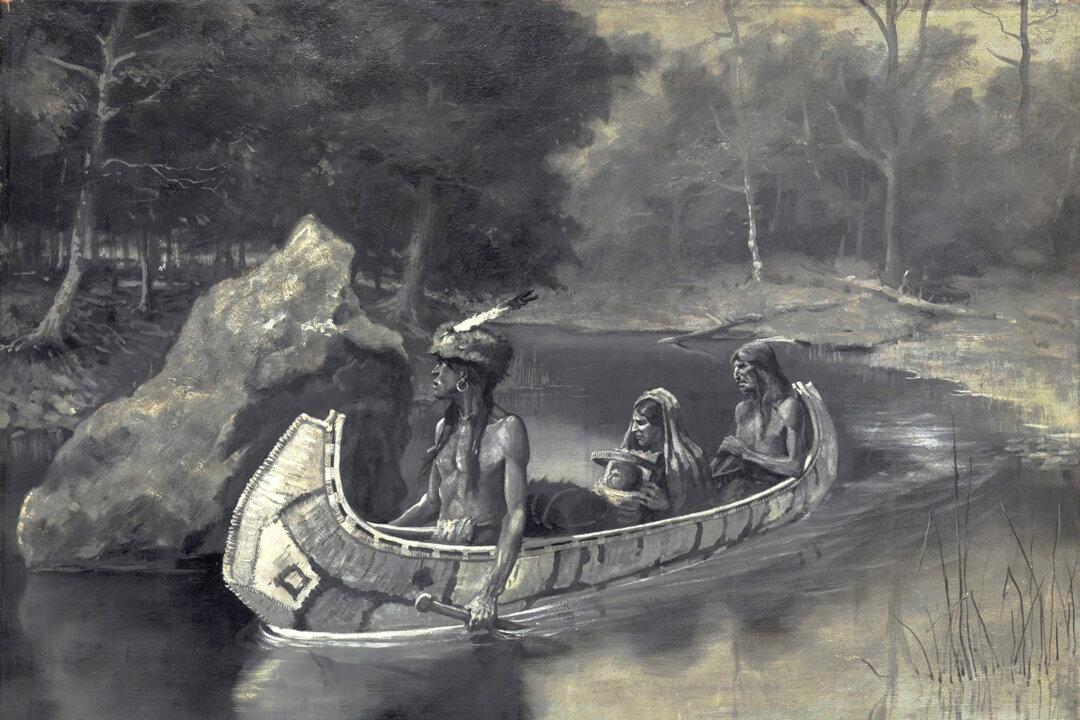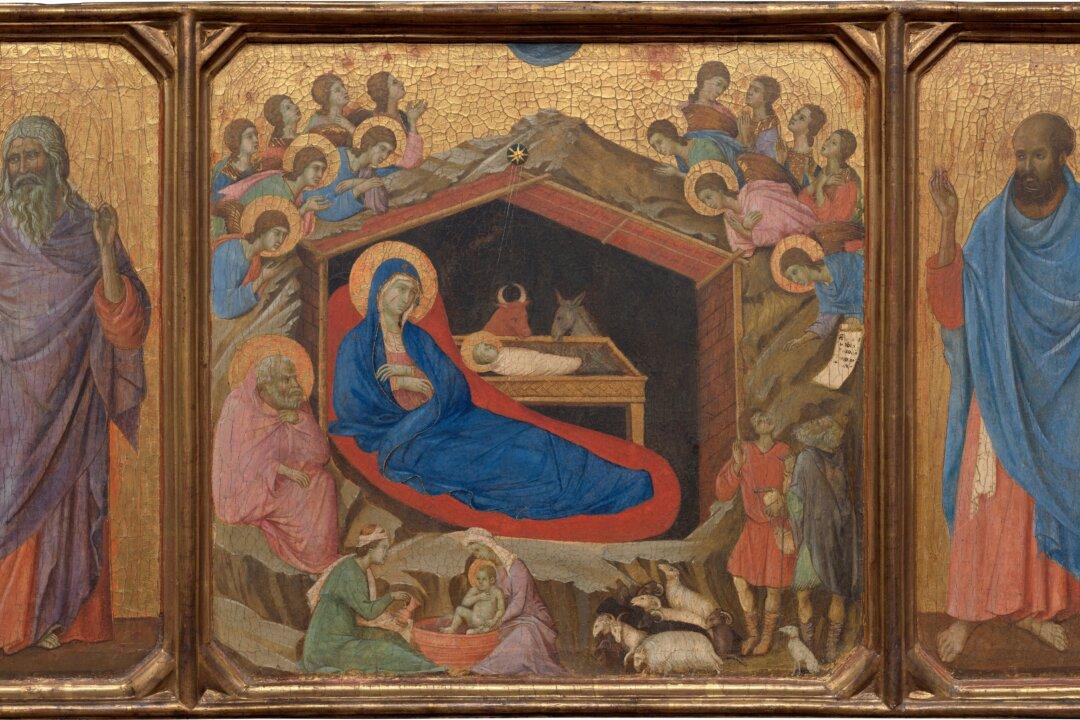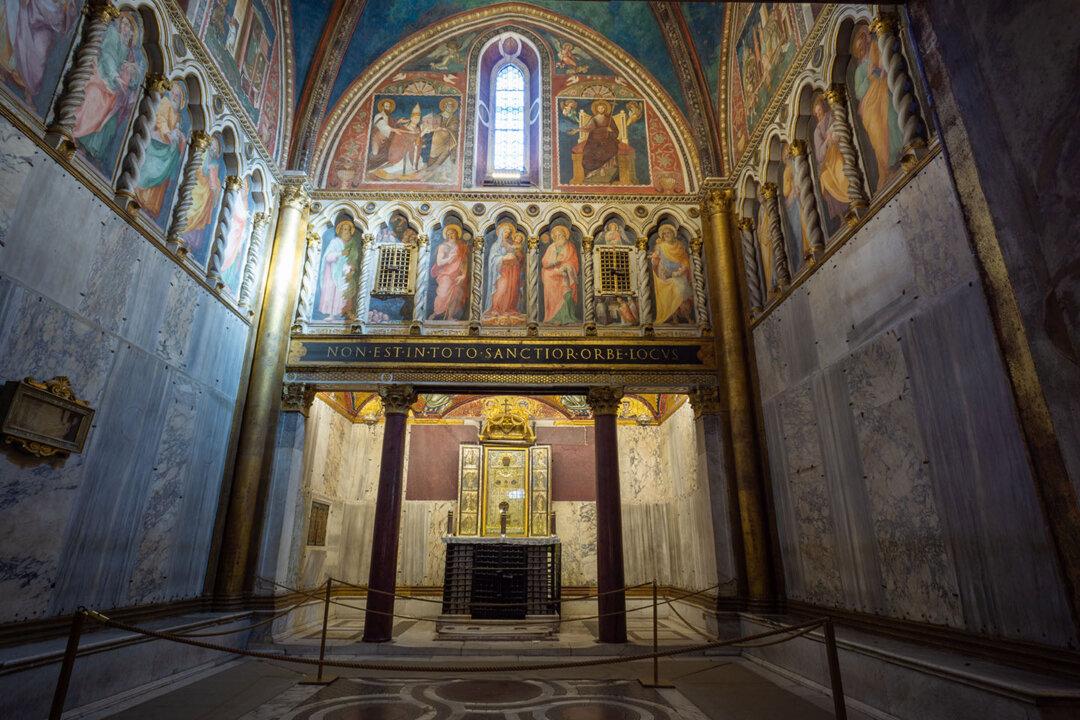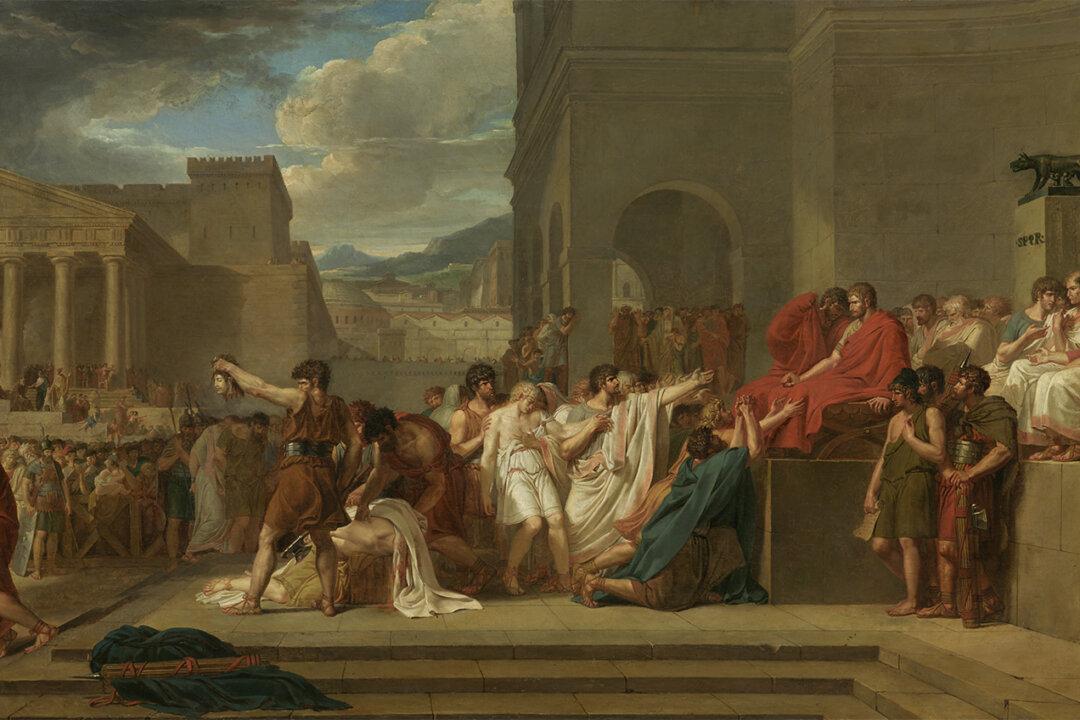In the mid-19th century, when the United States was still in search of its own artistic tradition, the sculptor Mary Edmonia Lewis (circa 1844–1907) traveled to the Old World and combined the unique American culture with the beauty of European classicism. Her passion for sculpture had been first ignited in Boston, where she saw a statue of Benjamin Franklin that “filled her with amazement and delight.” She said that she didn’t know by what name to call the “stone man,” but felt within her the stir of new powers.
The man who sculpted the Franklin statue, Edward Augustus Brackett, assisted Lewis in acquiring her craft and selling her work until she had earned enough to travel to Rome.





